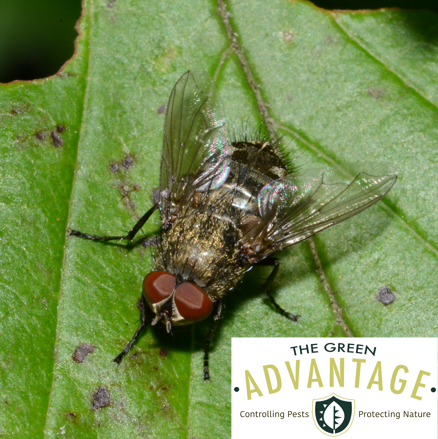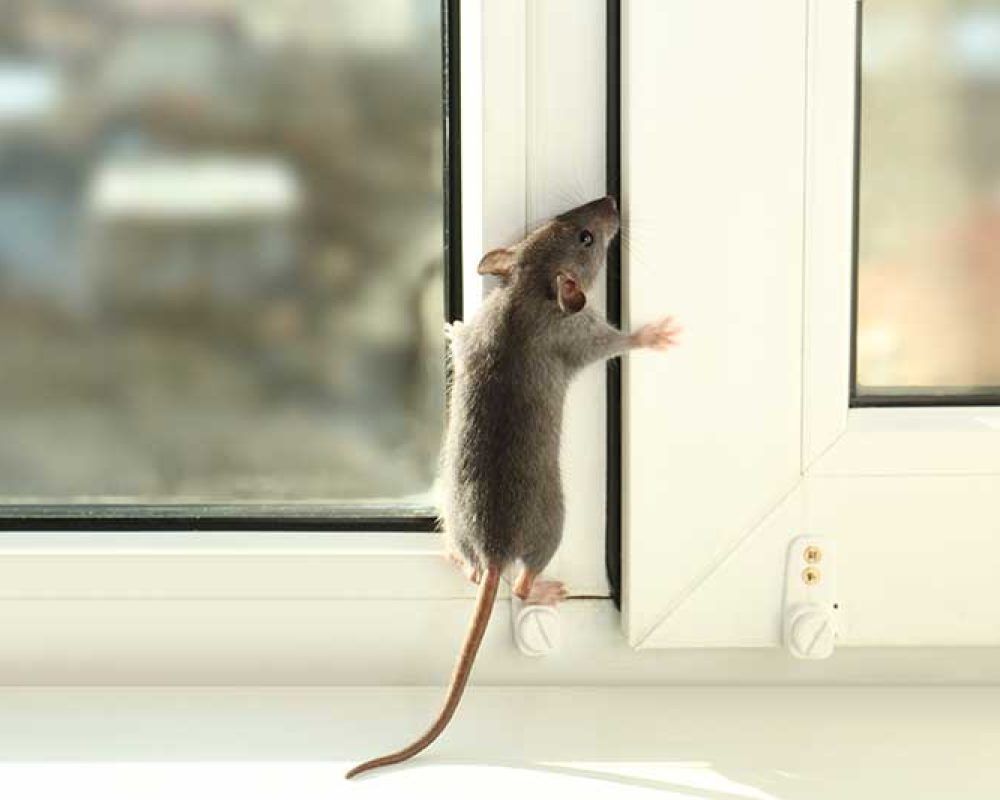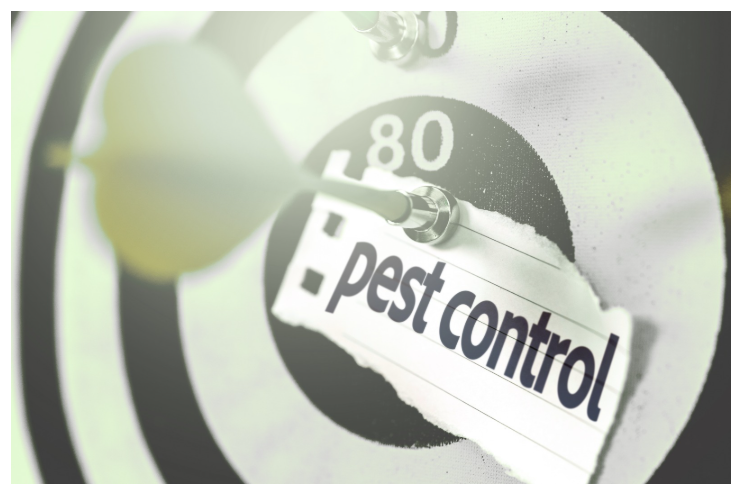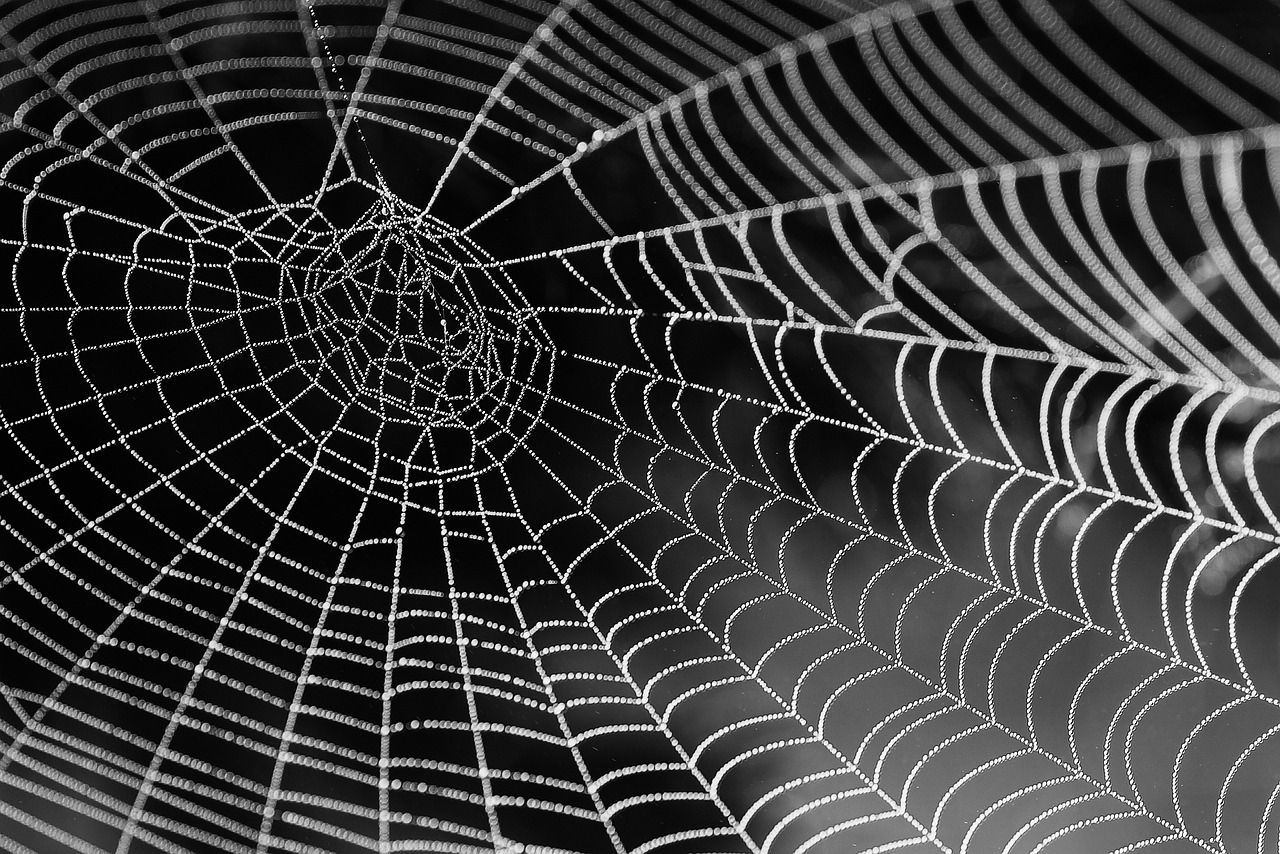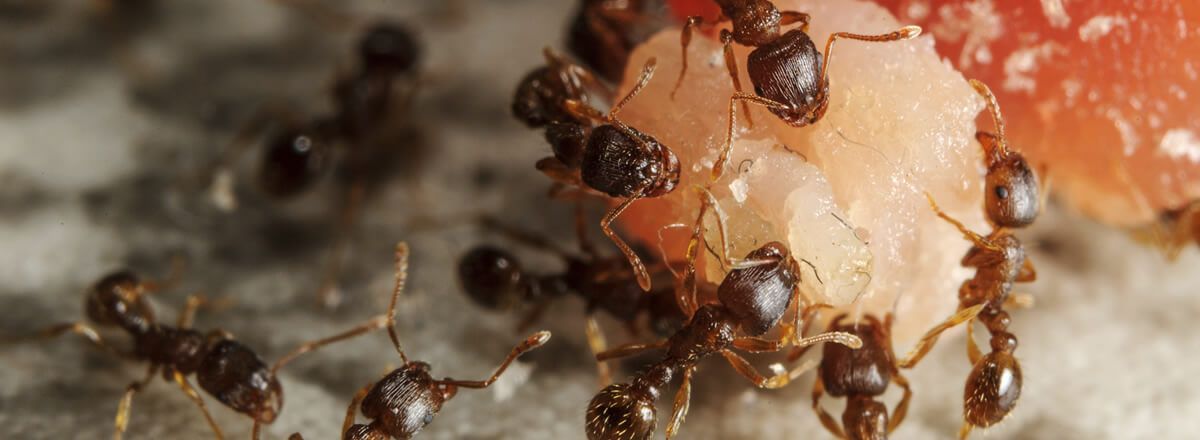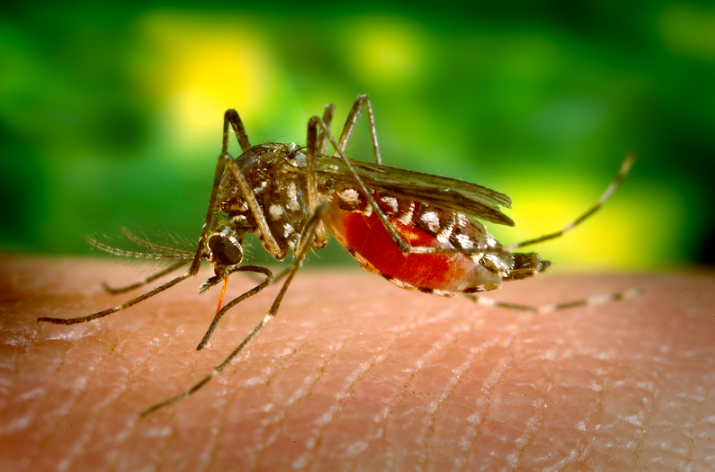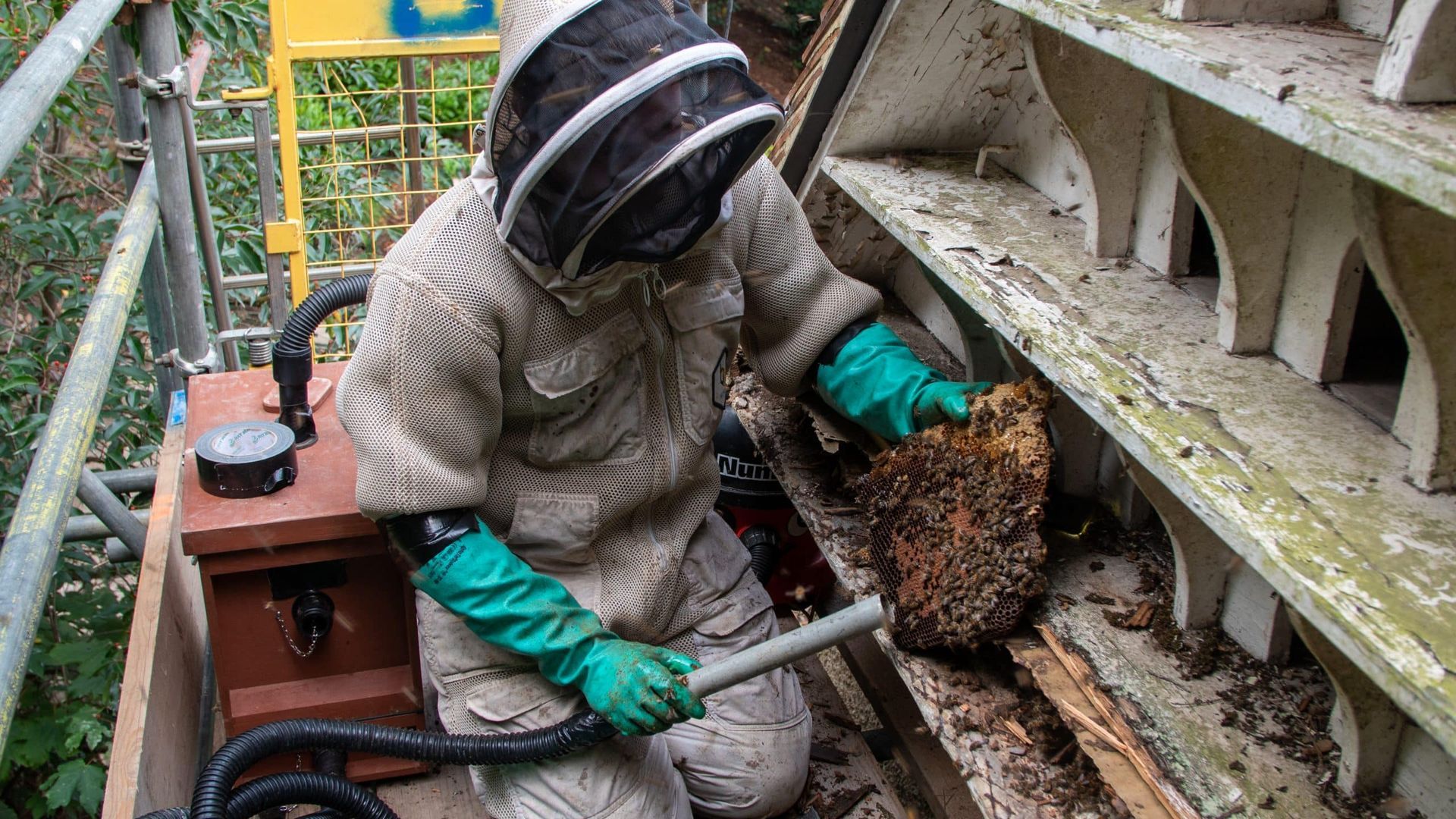Flies got you bugged?
Flies can be troublesome pests, but there are solutions!
Whether inside or outside, flies are pesky, disease spreading insects that threaten our health and quality of life. They invade our yards and our homes, at times in outstanding numbers.
For most people a fly is a fly, and they want it gone. No one can argue with that, but from a entomological standpoint the differences are important. The scientific name for flies is Diptera, which means two-wings, because they do possess 1 pair of wings. We often wonder what such an annoying pest could actually benefit, but they do serve a purpose. Two of the most important services flies provide is that they break down organic material and they're family is the second most important pollinators, following their cousins in the Hymenoptera family, which include bees, wasps, and many others.
Flies invade for multiple reasons, knowing why is key to eliminating the pest. There are many species of flies, each having their own characteristics and behaviour patterns that aid in control. Blow flies (AKA, bottle flies) distinguished by their blue or green metallic sheen, are common around highly organic material such as dead animals or animal fecal matter. Where fruit flies, are attracted to the outer portion of exposed fruit, where they lay their eggs. Another common pest is the drain fly, whose larvae feed off organic material in our plumbing. Identifying the type of fly is the first step in control. Attic or cluster flies are known to show up in large numbers, in a short amount of time, looking for sites to overwinter. Regardless of what type of fly proper identification is pertinent to control.
The best and fastest control for flies is to locate the source and eliminate the conductive environment. Often this can be a daunting task, if not nearly impossible as the source may be outside anyone's control. There are still solutions, which can mediate the issue, if not eliminate the problem. Technology today provides us with automated mechanical control (fly lights and traps), baits, in addition to chemical control. When utilized properly, and often in combination, prove highly effective.
Regardless of what type of pest, you have an ally in the invasion. When things get too much to endure, we are here to help.

